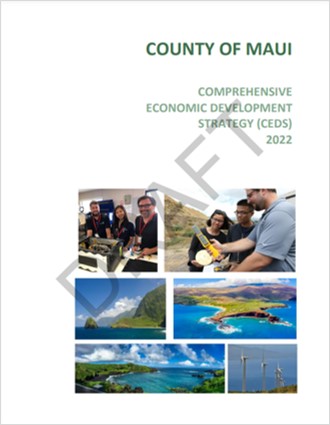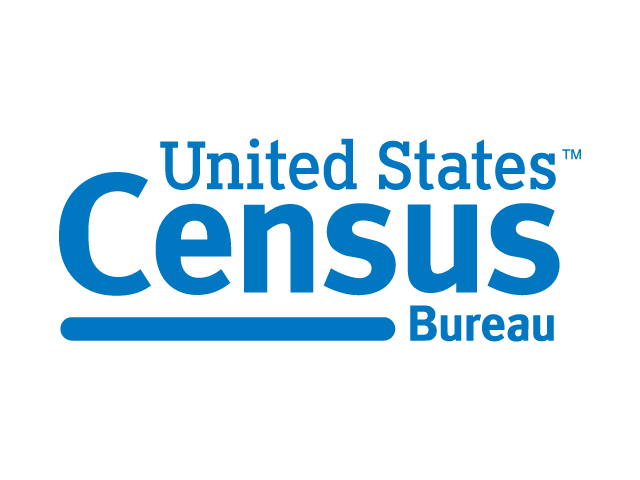AN ECONOMY THAT WORKS FOR ALL OF US
PROTECTING JOBS, CREATING OPPORTUNITY
Protecting good-paying jobs and creating more economic opportunities for Maui County residents and businesses is crucial for the overall well-being and prosperity of our community. It helps to retain local talent, reduce brain drain, and enhance the quality of life for residents. These are some of the policy ideas we believe Maui County should pursue to create a strong economy for our residents and businesses:
- Infrastructure for our future
- Workforce development for better paying jobs
- Expansion and entrepreneurial opportunities for our local businesses
- Preserve and protect natural resources
TOP DRIVERS OF MAUI COUNTY’S ECONOMY
The biggest private sector drivers of Maui County’s economy starts with tourism, which not only attracts visitors but is also a key source of revenue for local businesses. Agriculture continues to play an important role, producing a variety of crops and supporting local families, while the construction industry stimulates economic growth through infrastructure development and job creation. Public sector employment can indirectly spur private sector growth. Government contracts and partnerships with local businesses create a multiplier effect, driving business expansion and attracting investment to the region and education and research institutions contribute to long-term economic development. Sustainability practices preserve natural resources and foster new economic opportunities, and local businesses form the backbone of the county’s economy by creating jobs and contributing to tax revenue.
TOURISM
Tourism is a significant driver of Maui County’s economy, contributing to job creation and revenue generation. The county’s beautiful beaches, natural landscapes, and cultural attractions draw visitors from around the world. The money tourists spend on accommodations, dining, shopping, and activities supports local businesses and generates tax revenue for the county. Additionally, the tourism industry creates jobs in various sectors, including hospitality, retail, transportation, and entertainment.
AGRICULTURE
Agriculture plays a vital role in Maui County’s economy. The county’s fertile lands produce a variety of crops, including sugarcane, pineapples, coffee, and exotic fruits and vegetables. These agricultural products are crucial toward providing local families with access to produce grown in their own community. Furthermore, agriculture provides employment opportunities and helps preserve the county’s rural landscapes and traditions. Agritourism, which combines agricultural and tourism, is also a growing sector, attracting visitors to farms and farmers’ markets.
CONSTRUCTION
The construction industry is a crucial economic driver for Maui County, contributing to economic growth and job creation. It plays a crucial role in developing the county’s infrastructure, including homes, commercial buildings, roads, and utilities. Construction projects also stimulate the local economy by creating demand for materials and services from other sectors, such as manufacturing and retail. Moreover, the construction industry’s health often reflects the overall economic climate, as increased construction activity usually indicates economic key economic sector in Maui County growth and confidence.
EDUCATION & RESEARCH
Education and research are critical for Maui County’s long-term economic development. Educational institutions, including schools and colleges, provide employment and contribute to the local economy. They also prepare the future workforce, equipping students with the skills needed for the county’s key industries. Research institutions and initiatives, particularly those related to marine science, astronomy, and sustainability, can attract funding and create high-skilled jobs. They also foster innovation that can lead to new industries and economic opportunities.
SUSTAINABILITY
Sustainability is increasingly important for Maui County’s economy. Sustainable practices help preserve the county’s natural resources, which are critical for tourism and agriculture. Moreover, the focus of sustainability can lead to new economic opportunities. For example, the investments in renewable energy can create jobs and reduce the county’s dependence on imported fossil fuels. Sustainable tourism and agriculture can attract visitors and consumers who value environmental responsibility.
PUBLIC SECTOR
Public sector employment plays a crucial role in driving the Maui County economy. As a major employer in the region, the public sector encompasses various government agencies, including local, state, and federal entities. These jobs span various sectors such as education, healthcare, public safety, administration, and social services, offering a diverse range of career options for the local workforce.
RESOURCES

Maui Economic Development Board | February 2022
County of Maui Comprehensive Economic Development Strategy
The report highlights the challenges faced by Maui County, such as the need for attainable housing, managing tourism impacts, diversifying the economy, and improving the business environment.
Read More
DBEDT | March 2023
Hawaii Tourism Dashboard
The State of Hawaii’s tourism dashboard tracks Maui County’s visitor spending, length of stay, and air travel statistics, offering valuable insights to comprehensively assess the impact of tourism on the County’s economy and infrastructure.
Read More
US Census Bureau | December 2022
Job County By Industry
The U.S. Census jobs data provides comprehensive and up-to-date information on Maui County’s employment landscape, including statistics on job growth, unemployment rates, industry trends, and workforce demographics, enabling policymakers and analysts to make informed decisions and evaluate the health of the labor market.
Read More


US Census Bureau | December 2022
Maui County Economic Census Data
The US Census Economic data for Maui County provides information on the county’s economic performance, including industries, employment trends, income levels, and other economic indicators.
Read More